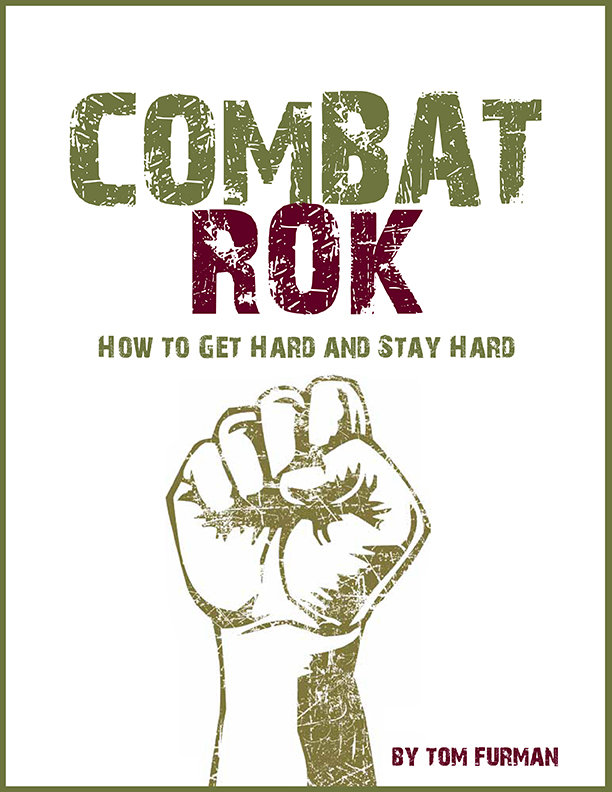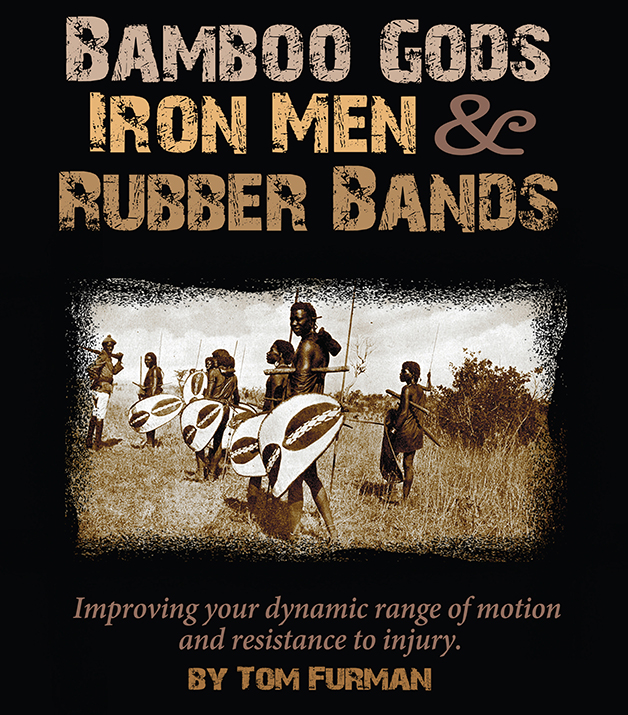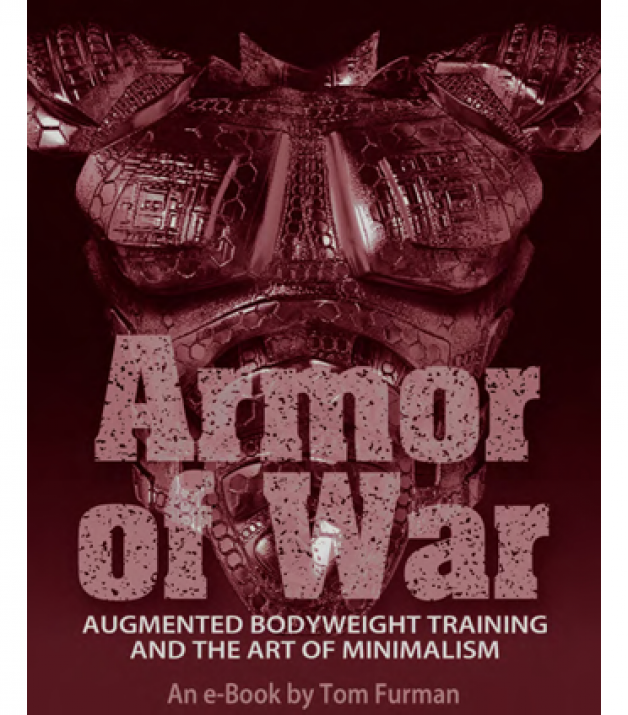I am very fortunate in my life to have met and trained with a number of incredible martial arts instructors. One of these individuals is Bruno Cruicchi. He is an Italian born, Venezuelan citizen. He also spends a great deal of time in the United States. He is known for his martial arts skill and world travels, but makes his living as a linguist. Fluency in 8 or 9 languages have given him the ability to travel abroad and communicate with many people. Extensive Korean Martial arts, Indonesian Martial arts, Italian Martial arts, and Filipino Martial arts are part of his resume. The art that he currently is promoting and training extensively in is Venezuelan Garrote Larense. I am presenting here,an overview of the system. I am simply being introduced to the basics in South Florida with a closed door, invitation only group. This training group also shares Silat, Military Combatives, Arnis, and Grappling. What follows is my training notes, along with an outline presented by Guru Sean Stark some years ago. If there are technical errors, I will try to correct them and include further notes of training sessions.
Garrote- Stick for fighting.
Larense- From the Venezuelan State of Lara.
Origin–1- A stick/blade art unique to South America
Origin–2- Influenced by Spanish Fencing
Origin–3- Influenced by African Stickfighting
Origin–4- Influenced by SouthEast Asian Stickfighting.(very controversial idea!)
The art contains the 34″ Lemonwood stick, the machete, the knife, and more recently the stick and knife (From Bloody-Stick Style).
There is no double stick in Venezuela, but there may be in Colombia.
The more you train with stick, the less it looks like machete. The knife is hidden in the rear belt and used for close quarter shanking. The blade is held in forward or reverse grip. I have been introduced to knife vs knife material, as well as empty hands vs knife.
The empty hand is used at close quarter and involves high percentage movements such as slaps, palm heels, headbutts, elbows, knees, footstomps, elbow wrenches, and an osoto-gari type sweep.
Footwork- The footwork initially takes place on the Cuadro. This is a cross that teaches body displacement to 90 degrees. This is an important issue since the idea is to avoid getting hit or killed by a machete. My opinion is this is where Garrote shines. How to stay alive in a Machete fight.
Strikes–There is no angle system, but more of a vital template. The strikes have names. Some teachers teach more strikes, some teach less.
Blocking- Displacement footwork and a type of safety factor check is the primary method of defense. Getting the hell out of the way is paramount. Obstruction of the two handed variety are called “TOPA”
Drills (General ones) Cuadro–Using the cross, give and take.
Vista (view)–Barehanded vs weapon. Mezquino (cheap) To rob the attacker of a handstrike by withdrawing the hand. Free Garrote– To play and free spar.
Definitions of Strike terminology–
1-Franco–To be bold,..downward stepping forehand
2.Reves–Reverse, downward step and slide backhand
3.Puyah–Point,..Stepping thrust
4.Barricampo–Clear a field,..Bottom to top diagonal backhand, with a stepping palm heel.
5.Atravesado–Across,..Horizontal forehand.
6.Pezcuesero–Neck strike.
7.Huevero–“Egger”,..strike to groin.
8.Corrvarro– Back of the Knee.
9.Perrero–Dogger–Diagonal Backhand High to Low.
For each strike there is a footwork for offense and defense. There is hand to hand switching which takes alot of getting used to.
Some styles that Bruno may explain are the Tocuyo Style, Guarico Style, and the Humocaros Style. I snatched these from a translated Venezuelan article.
The guy responsible for the revival of Garrote in Venezuela is Eduardo Sanoja,who learned from an old,now deceased Master,called Maestro Mercedes.There are still a handful of old Maestros around. The Bloody Stick stylist is called Maestro Felix Garcia. This was a closed door sort of system, taught to family members,and a few close friends,up till now most Maestros only have a only a handful of students.
Garrote Teaching Patterns.
First stroke is taught.(Franco), and it is walked, with a hand switch to re-enforce the hand switching component of Garrote.
The second stroke(Reves) is added. Therefore the pattern goes,.Franco-Reves, switch, etc.
The third stroke is added.(Puyo). Franco-shuffle-Reves, switch, Puyo.
The fourth basic is added(Barricamp). Franco-shuffle-Reves, switch, puyo, Barricampo, palm heel.
This pattern continues throught the nine strokes.
Body displacement is taught along the lines of the CUATRO. Each stroke has a specific movement to avoid getting cut or struck. Every Maestro may have a variation on his interpretation of the Cuatro.
There is much more to this art,..this is just a glimpse.
–Tom Furman











That looks fascinating and very interesting. Thanks for sharing that info.
interesting, I have never heard about this style till now.
Neither have I, does ‘handswitching’ mean tossing the knife between hands?
Dear practitioner:
My name is Professeur Elombe Myles. I am an expert in Kongo-Haitian MUTI.
I have for some time now, watched with increasing alaram as wild cliams have been made as to the origins and nature of not just Garrotte, but many other African Martial systems in the Americas.
Garrotte Larense and the tamununge ceremony are African Martial Art systems.
While I cannot dispute the autheticity of Bruno Ciruchi, I do know that G arrotte Larense is identical to my MUTI system.
There are many systems and sub-systems of Muti that derive from the Kongo and were spread in the Diaspora by Haitian Marines.
I expound more on this in the Magazine “IKHANDA”.
I am hosting the first MUTI/MUTI arts seminar in New Jersey in January 2007. For info please email: NGANGABAKU@YAHOO.com.
Thank you for you time.
Professeur Elombe Myles
Hello everyone, I am a student of Bruno and I would like to invite everyone on this blog to the only Social unitility network online dedicated to martial arts including Garrote please join it is free.
WWW. fightbook.com
Please join the garrote larense group within fightbook